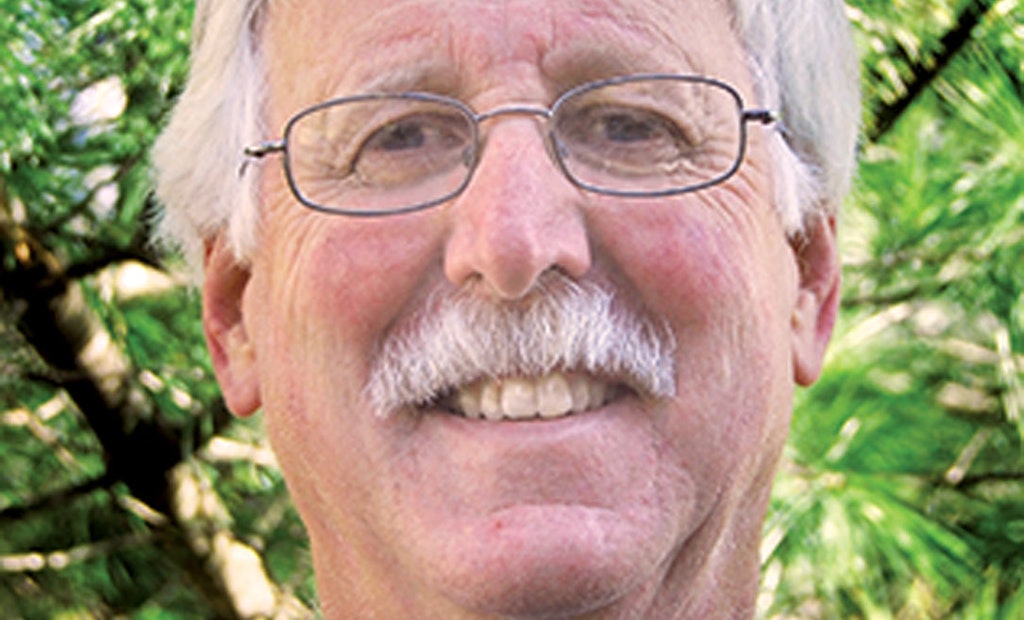
Jim Anderson, Ph.D., is an emeritus professor at the University of Minnesota Department of Soil, Water and Climate and recipient of the pumping industry’s Ralph Macchio Lifetime Achievement Award. Email Jim questions about septic system maintenance and operation at editor@pumper.com.
A reader contacted me and explained he just returned from a vacation that involved umbrella drinks and tropical beaches. Since these are things I really like as well, he captured my attention. Unfortunately, his experience was something less than desirable due to sewage odors and backups into his bungalow. His comment was: Why can’t some of the technologies we use be applied to these areas, and what would be a process to make this happen?
I then saw an article in a scientific journal about an area in Belize (a Central American country bordered on the north by Mexico and to the east by the Caribbean Sea) that had received grants to establish better water delivery and sewage treatment. Over the last decade, the area experienced a large influx of tourists, and the local population recognized that substandard or direct-discharging systems were impacting water and reef quality — the very things that were drawing tourists.
It was very important to the locals in this area of Belize to protect their resources as well as maintaining small, family-run resorts as opposed to encouraging large-scale resort development.
Since the area did not have a large population center and small resorts and residences were scattered, officials followed a decentralized approach to solve the problem. Individual household treatment systems were installed as well as cluster systems for the larger resorts. Currently, there is an effort to install a centralized sewage treatment system over a larger part of the area. Some residents fear this will affect their livelihoods and the character of the region.
Interesting how familiar that story sounds, isn’t it? It plays out regularly in communities in our country too, and it is why we need to continually demonstrate that, if done correctly, the decentralized approach can be a viable alternative. A well-designed and -installed sewage treatment system will protect the environment and human health without odor and backup problems.
REVIEWING SYSTEM USE
After reading the article and reader comments, I thought back to the beginnings of the sewage treatment programs I have been involved with over the years in Minnesota and Wisconsin. In both cases, the programs began in large part due to resort owners and local residents who saw their lakes and water resources being impacted in a negative way by the lack of treatment practices. They also recognized that if they did not do something, the tourists would stop coming. In the early days of the Minnesota program, a lot of time was spent working with resort owners to upgrade systems using the best and newest technologies available.
The process involved looking at each unique situation and then coming up with the appropriate design solution. It starts with an evaluation of the source and amount of sewage flow as well as the character of that flow. Is the flow from a housekeeping cabin with kitchen facilities? Does the flow involve a restaurant or lodge? Is there a campground with central facilities? Location of these facilities relative to the availability of area to install a soil treatment unit is a part of the analysis.
Estimating sewage flows is always something of an art. And with tourist facilities, it is not only the total flows that are important, but also the peak flows on a daily, weekly and monthly basis. This will help determine tank capacities and storage needs to help manage the system going forward. This requires actually metering the flow and evaluating those flow numbers for a period of time during peak seasons to get an accurate determination of flow characteristics. Tables and charts can be used to estimate the flows, but they are no substitute for real data on the specific resort.
THE SURVEY SAYS
The areas available for installation of the soil treatment units are evaluated for the presence of suitable soil conditions. A site evaluation is conducted to determine the necessary setback distances from the lake, water-supply wells, buildings, etc. These take into account additional plans such as swimming pools, basketball or tennis courts. Based on soil conditions, the necessary type of final treatment system is determined. Soil texture, structure, depth to limiting soil condition and permeability estimates are made. This will determine if the site is suitable for sewage treatment trenches or requires an at-grade or mound system.
A detailed survey of the sources of sewage, likely location of the sewage tanks and other system components is made. It will look at elevation differences to determine if sewage from the facilities can run by gravity to the final treatment area or if pump tanks and pumps are required to move the sewage.
If some of the existing sewage treatment facilities are going to be used, they need to be inspected to determine correct operation and that they are in good condition for future use or will need to be upgraded.
Finally, the resort operators must recognize the need for regular system maintenance. They should have a maintenance plan and follow it. Most routine items can be scheduled for off-season times or times of lower usage so customers are not inconvenienced. This requires continual inputs of labor and money; so they need to be part of the long-term operation plan for the resort.
So to answer the earlier question, yes we can use our technologies to improve wastewater systems at these resort areas. There is a process; it is not just a one-time effort, but rather a continuing series of activities to ensure proper system functions.





